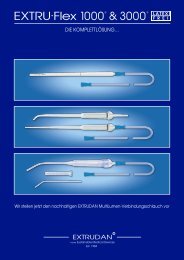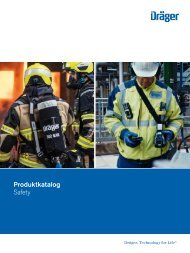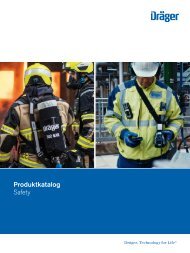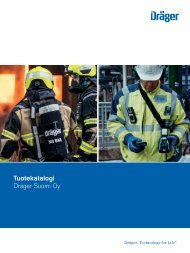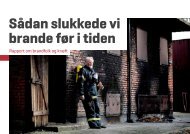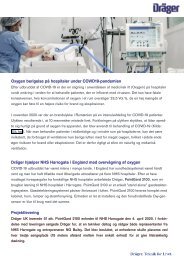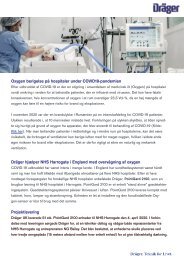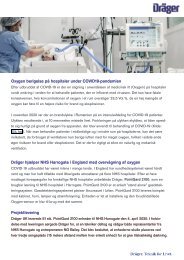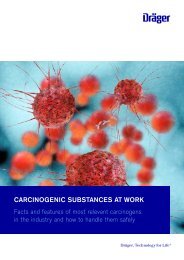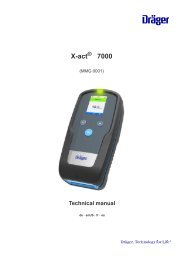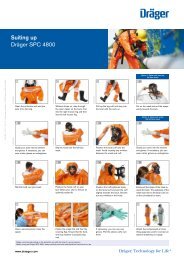Neonatal-Non-Invasive-Ventilation-NIV
Neonatal intensive care continues to be one of the most challenging fields in medicine. Fortunately years of experience from careful clinical observation, meticulous research and plenty of tender loving care have helped to significantly increase the chances of survival for our tiny patients. This booklet is an attempt to address the current development process of noninvasive ventilation therapies, both from a theoretical and a practical standpoint.
Neonatal intensive care continues to be one of the most challenging fields in medicine. Fortunately years of experience from careful clinical observation, meticulous research and plenty of tender loving care have helped to significantly increase the chances of survival for our tiny patients. This booklet is an attempt to address the current development process of noninvasive ventilation therapies, both from a theoretical and a practical standpoint.
Create successful ePaper yourself
Turn your PDF publications into a flip-book with our unique Google optimized e-Paper software.
16 I 3. FUTURE DEVELOPMENTS IN NON-INVASIVE RESPIRATORY SUPPORT OF NEONATES<br />
treatment form, in which tiny nasal cannulae are used to apply heated and humidified<br />
gas at flow rates between 3 and 8L/min, is commonly referred to as nasal high-flow<br />
therapy (nHFT) or high-flow nasal cannula therapy (HFNC). The cannulae used in<br />
nHFT are much smaller than conventional CPAP prongs or masks and, possibly for<br />
this reason, appear to be tolerated much better than conventional CPAP applications.<br />
Evidence from large clinical trial has helped to establish nHFT as a means to<br />
manage neonates post extubation 8,12,52,70,84 : There is currently not enough evidence to<br />
support their use as primary therapy for infants with RDS from birth 74 .<br />
3.2 <strong>Non</strong>-invasive respiratory support and developmental care aspects<br />
Efforts to optimise developmental care of preterm infants focus on minimising handling,<br />
including parental engagement in care, reducing the number of painful procedures<br />
and finding the least invasive means of applying respiratory support 76,84 . Most<br />
forms of non-invasive ventilation appear favourable over the use of invasive means<br />
of ventilation when it comes to supporting the cognitive and motor development of<br />
preterm infants. Therefore, the least invasive treatments, such as nasal CPAP and<br />
nHFT may be less detrimental to normal neonatal neurological development. This<br />
becomes especially clear when one considers that their application requires less sedation<br />
than is usually required for ventilated infants. However, only a limited amount<br />
of research has addressed this specific question to date 46 .<br />
Research in developmental aspects of nasal CPAP and nHFT is underway. Koenig<br />
et al. and Roberts et al. recently investigated the extent of noise generated by nHFT<br />
compared to conventional CPAP 43,70 . The groups found conflicting results; while<br />
Koenig et al. found the nHFT to be exponentially louder than CPAP 43 , Roberts and<br />
co-workers found no statistically significant difference between both modalities 70 .<br />
The developmental impact of this noise factor has not yet been prospectively assessed.<br />
As for the practical application of nHFT, Roberts et al. recently surveyed<br />
Australian NICU personnel with regards their preferences and perception of CPAP<br />
or nHFT in the care for preterm infants. The authors found that neonatal nurses<br />
preferred nasal CPAP for post-extubation support of infants




